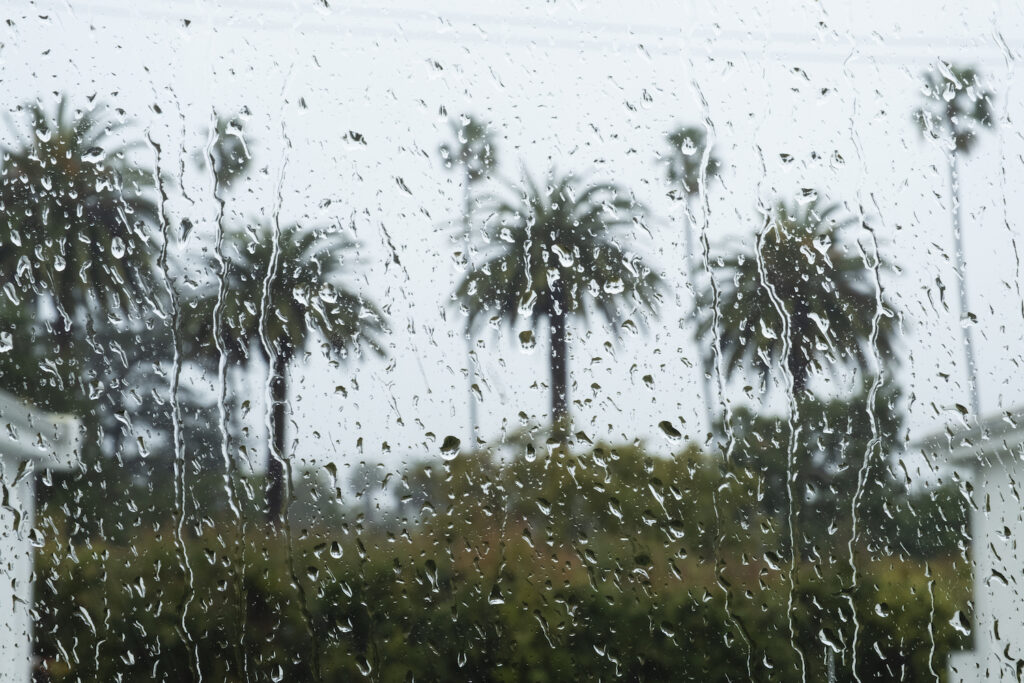“The idea that fire is somehow new,” said geographer Paul Robbins of the University of Wisconsin, “a product solely of climate change, and part of a moral crusade for the soul of the nation, borders on the insane.” And the willingness of politicians and activists to keep blaming California fires on climate change, the desire of journalists for a “rebranding” of them as “climate fires”, does remind us of the usual definition of insanity. (No, not the one about doing the same thing over and over. The one about saying stuff detached from reality.) Fortunately the experts keep firmly pushing back with some simple if inconvenient truths. Globally, fires large enough to be detected by satellite have been declining for decades. Wildfires likewise have been declining. US forest fire activity is about one-tenth what it was nearly a century ago. The experts even speak of a “forest fire deficit“ created by over-zealous fire suppression policies. The combination of reduced fire events with restrictions on traditional forest management practices led experts to warn long ago about the potential for a fuel build-up that will make the forest fires that do happen in the future to be catastrophic. How long ago? 1994.
In 1994 the Clinton Administration responded to concerns about loss of owl habitat in western USA by calling for tough new restrictions on logging activity. These were controversial at the time because they were bad for jobs and earnings in the logging industry, which took a serious hit. But it turns out they may not have been so good for the owls either because they led to the fire risk situation faced today in many western US communities, due to the buildup of dead and dying material in the forests that no one is allowed to clear out, and a lack of fire breaks and thinned-out sections that keep fires from spreading out of control, with the eventual result that when fires start they become catastrophic much more quickly and frequently than they would in a better managed forest environment.
Much of this arose from myths about what the pre-European settlement forest looked like. In 1993, forester Bob Zybach noticed that the US government’s proposal to limit logging and cutting activity was based on a claim that it would return the western forest lands to their “natural” state, yet the government scientists hadn’t bothered to look at the available historical information about what the “natural” state looked like prior to European settlement. The historical record from settlers and explorers showed that, far from being a thick carpet of evergreen woods, it was a mix of open space and isolated forest stands with little to no underbrush and wood debris, a result in large measure of fire-based American Indian land management methods. Zybach argued that what the Clinton administration was proposing would create a forest unlike the natural historical landscape, in the misguided name of helping it get “back to nature.” And among the things he feared was the inevitable consequence for fire.
In a 1994 interview with Evergreen magazine, Zybach expressed the following warning:
EVERGREEN: What do you think will happen in the region’s forests if the President’s plan is implemented as proposed?
ZYBACH: I share the concerns of Dr. Oliver and other forest scientists who fear catastrophic wildfire. There is a tremendous amount of dead and dying material in our forests today, a partial result of the long ago made decision to put out wildfires. If these forests are not thinned, you will see wildfires reminiscent of the Tillamook burn, the 1910 fires and the Yellowstone fire. I don’t think the public is willing to accept the loss of life and the loss of forests associated with fires this big, and it will not matter to most people that the government’s scientists think these fires are “good” because they are “natural.”
Unlike climate scientists, Zybach (and others) made the prediction years before it happened. They didn’t wait until something bad happened then claim to have predicted it after the fact. They said what would happen, and why. Now, 25 years later, the consequences of politically-popular but scientifically unsound forest management decisions are having deadly consequences. California made some tentative moves in 2018 to fix the problem, but so far it’s proven to be too little and too late. Meanwhile it’s much easier just to blame climate change.



We need to return government to its natural state of 150 years ago (or so). Back when taxes were only 5% of the GDP.